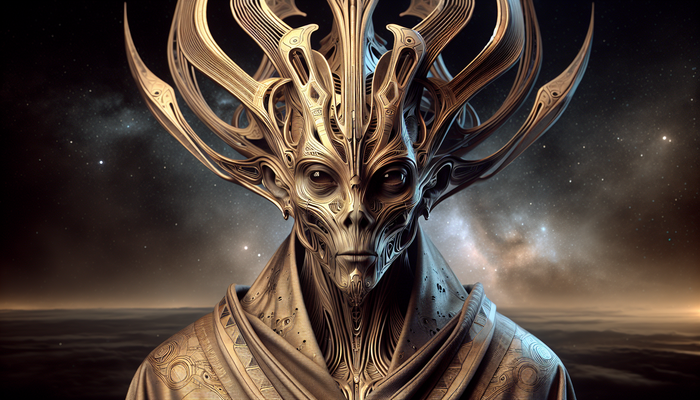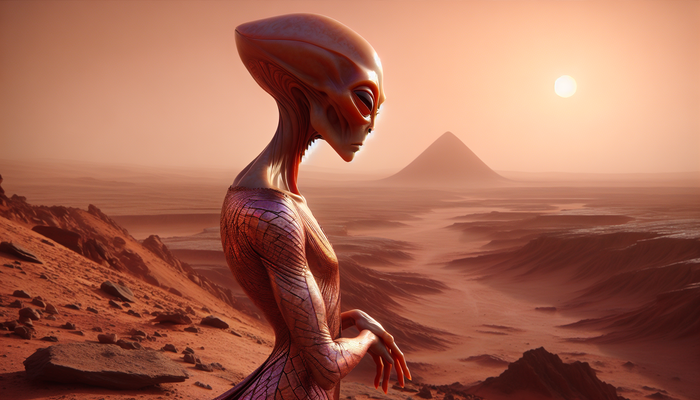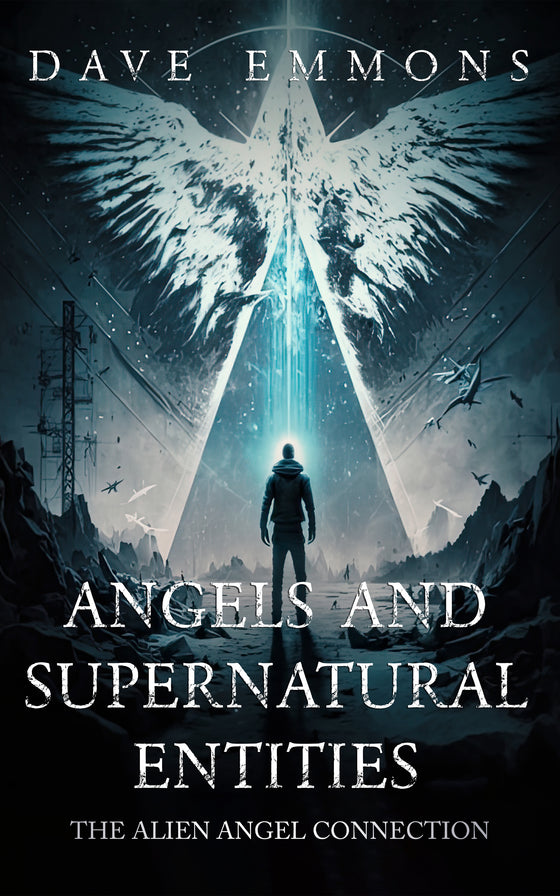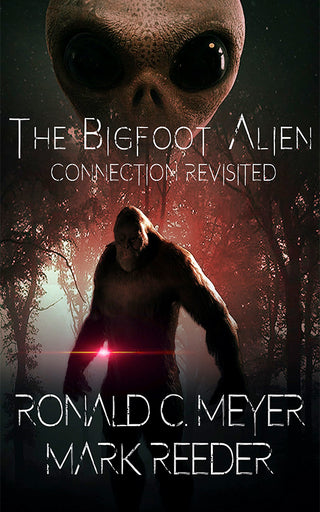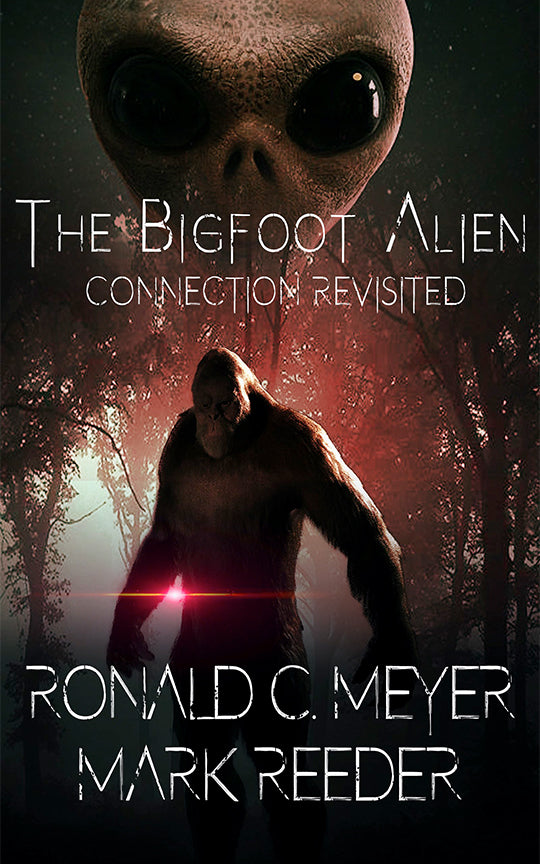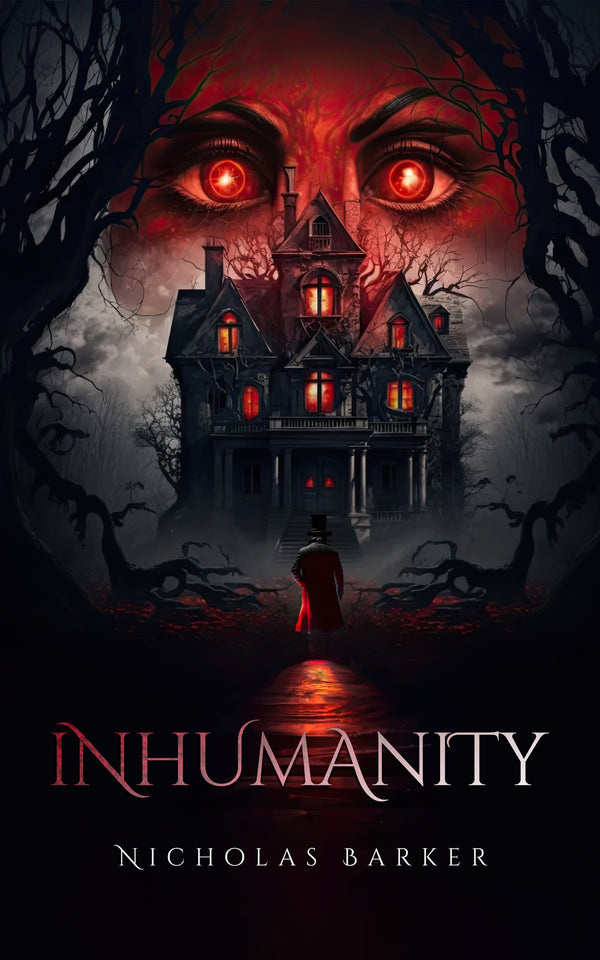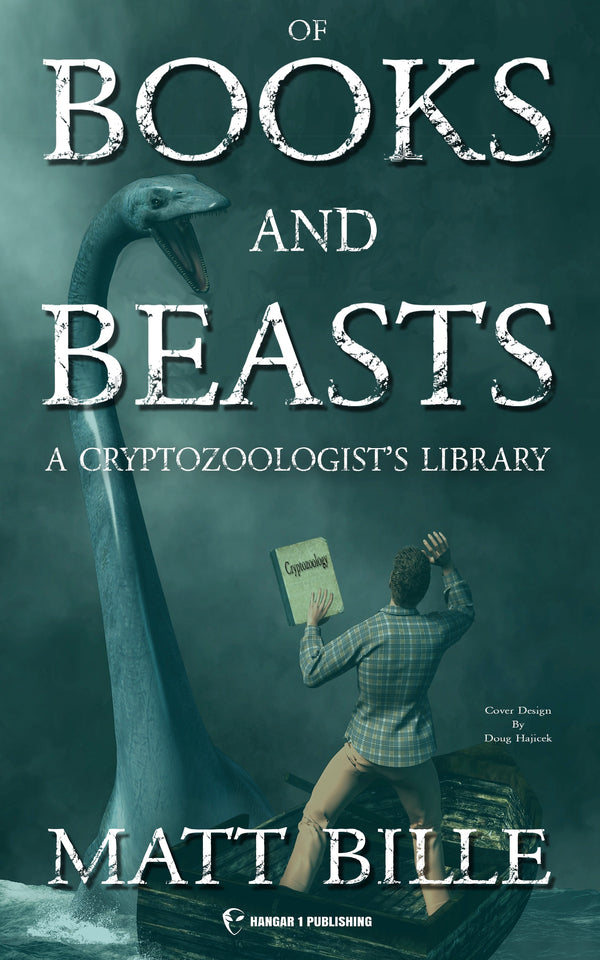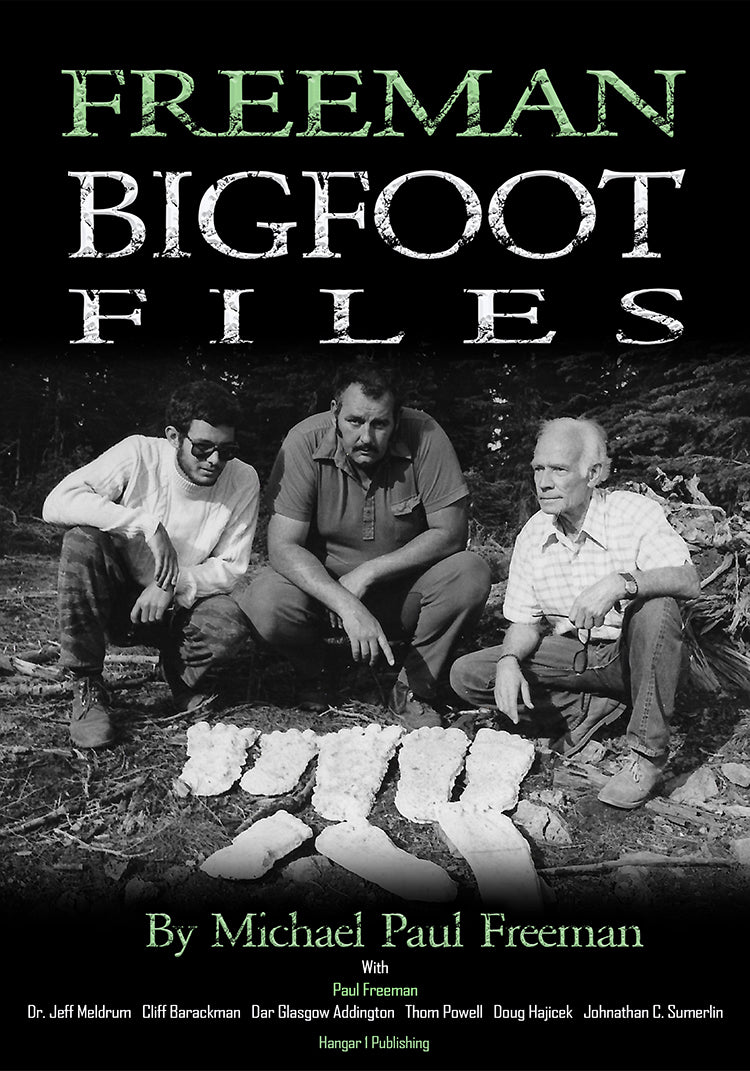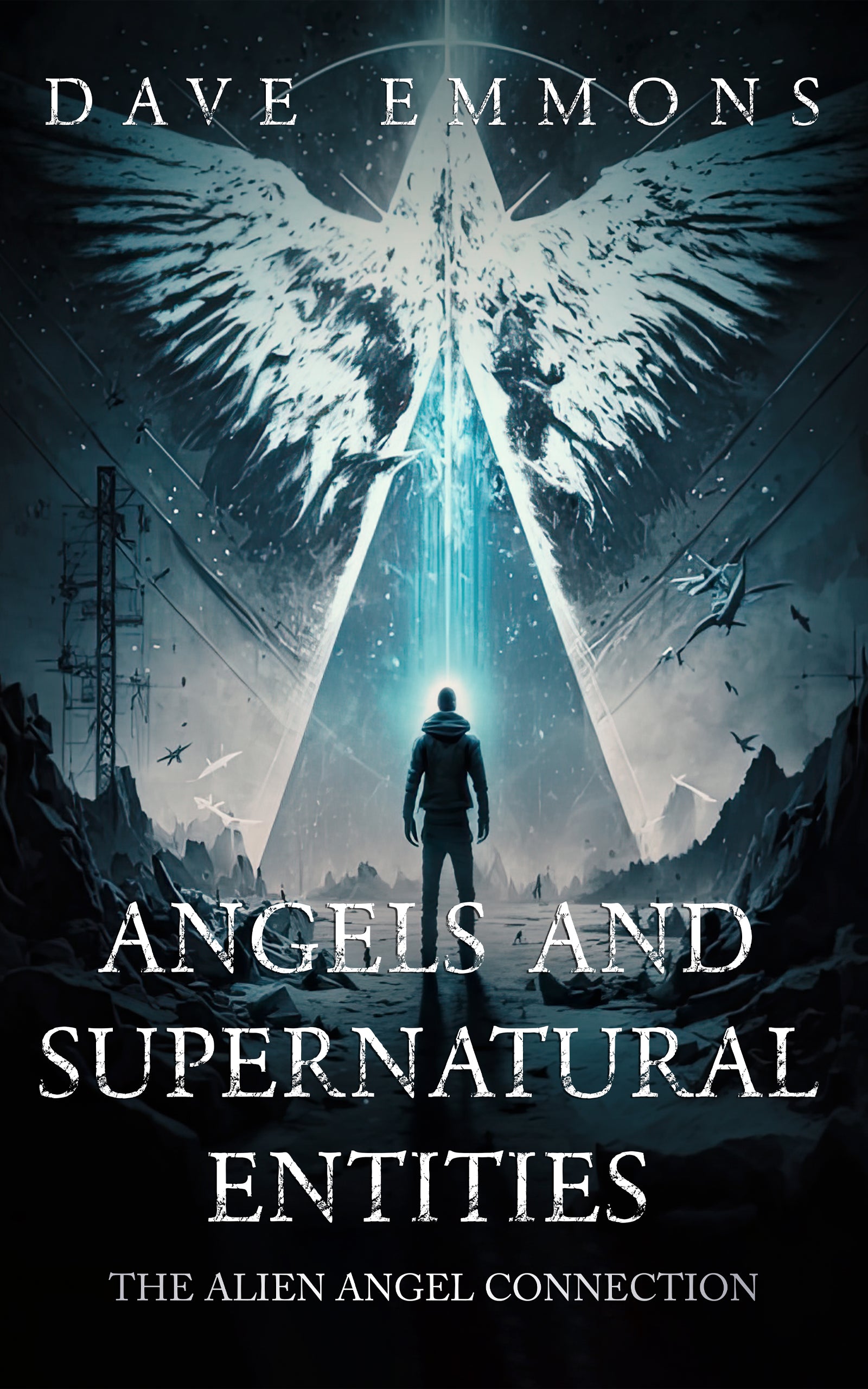Gnostic Texts and Aliens: Cosmic Secrets

By Howard Callahan, Ufologist
The Cosmic Convergence
Something remarkable happened in the years 1945-1947—a window in time that may prove to be one of history's most significant synchronicities. In December 1945, an Egyptian farmer named Mohammed Ali discovered a sealed jar containing thirteen leather-bound codices near Nag Hammadi. These ancient texts had been hidden for 1,600 years, preserved by the desert climate and someone's determination to protect them from destruction. Their contents? The largest collection of Gnostic writings ever found, featuring cosmological narratives that would permanently alter our understanding of early Christianity and its competing spiritual traditions.
Just eighteen months later, in June 1947, the modern UFO era began when a rancher named Mac Brazel discovered strange debris on his property near Roswell, New Mexico. The event, which would later become the most famous UFO incident in history, triggered our culture's ongoing fascination with the possibility of extraterrestrial visitors.
The timing seems almost orchestrated—ancient texts describing cosmic beings and otherworldly entities emerging from their hiding place at precisely the same moment humanity began its modern reckoning with the possibility of life beyond Earth. Coincidence? Perhaps. But as we'll explore, the parallels between the entities described in the Nag Hammadi texts and contemporary accounts of alien encounters raise profound questions about how different epochs interpret contact with the "other."
Forbidden Knowledge Unearthed
The discovery of the Nag Hammadi texts reads like the opening of an adventure novel. Mohammed Ali was digging for fertilizer when he uncovered the sealed earthenware jar. Initially afraid it might contain a jinn (a spirit in Islamic folklore), he hesitated to open it. When he finally broke the seal, he found no spirit but instead thirteen codices bound in leather—manuscripts that had been deliberately hidden during a time when alternative Christian texts were being systematically destroyed by the emerging orthodox Church.
These texts weren't random scribblings. They represented the teachings of various Gnostic sects—spiritual groups that emphasized personal experience of the divine rather than institutional faith. Their writings presented radical alternative views of creation, divinity, and humanity's place in the cosmos. For the emerging Christian church, such ideas were dangerous enough to warrant suppression.
What makes these texts potentially relevant to modern discussions of extraterrestrial contact? To understand this connection, we need to look at the cosmic architecture described within these ancient pages.
The Gnostic Universe: A Cosmic Hierarchy
At the summit of the Gnostic cosmos dwells what Hans Jonas termed "the Alien God"—a transcendent deity utterly foreign to our material universe. This is not the creator God of the Old Testament who walks in gardens and speaks directly to prophets. Rather, this is a God so far beyond our realm that no direct contact is possible without intermediaries.
The First Apocalypse of James captures this concept when it describes the highest divine principle: "I am from the Pre-existent Father, and I am the offspring of the Pre-existent One." This God exists in a realm called the Pleroma—Greek for "fullness"—a dimension of perfect light populated by divine entities called Aeons.
According to Gnostic cosmology, our physical universe resulted from a cosmic catastrophe. An Aeon named Sophia, whose name means "Wisdom," attempted to create without her divine partner. Her unauthorized action produced a flawed entity—the Demiurge—who, ignorant of the higher realms, declared: "I am God and there is no other."
This Demiurge, sometimes called Yaldabaoth, Saklas, or Samael, proceeded to create the physical world and populate it with Archons—cosmic administrators who help maintain his dominion. These Archons function as what modern audiences might call cosmic prison guards, keeping human consciousness trapped in materiality and ignorant of its higher origins.
What's striking is how this cosmic hierarchy, developed nearly two millennia ago, contains elements that parallel certain modern theories about extraterrestrial influences on human development. The distant "alien" God, the flawed creator-figure, and the controlling Archons—all find counterparts in various contemporary narratives of cosmic contact.
Archons and Aliens: The Uncanny Parallels
The most compelling connections between Gnostic texts and modern alien theories involve the Archons. John Lash, in his work "The Gnostic Theory of Alien Intrusion," points out startling similarities between Archonic descriptions in ancient texts and modern alien encounter reports.
According to Lash's analysis of the Nag Hammadi texts, two types of Archons are clearly described:
- A neonate or embryonic type that bears remarkable similarities to the "Grey" aliens of modern reports
- A draconic or reptilian type that parallels descriptions of "Reptilian" entities in contemporary UFO lore
Beyond their physical appearance, the behaviors attributed to Archons also mirror modern alien accounts. They can manipulate human consciousness and create convincing illusions. They cannot truly create but only imitate. They seek to keep humans ignorant of their true cosmic nature. They even feed on human emotional energy, particularly fear.
The Apocryphon of John states: "They burden the soul, attracting us to works of evil, and pull us down into oblivion, making us forget who we are."
This description could easily be transplanted into a modern account of negative alien influence. It suggests that these entities operate primarily through deception—creating convincing falsehoods that trap human consciousness in limited awareness.
Skeptics might argue that these similarities simply reflect the human mind's tendency to generate similar mythological patterns across time. Perhaps we're simply clothing ancient fears in the technological language of our era. Yet the specificity of these parallels remains intriguing.
Ancient Abduction Protocols
Perhaps the most striking parallel between Gnostic texts and modern alien accounts appears in The First Apocalypse of James. This text contains what some interpret as a manual for surviving Archonic encounters—a cosmic "security protocol" for souls navigating a hostile universe.
The text describes a scenario where an individual is "seized" by entities who "pose as toll collectors" and who "take away souls by theft." These entities then interrogate their captive: "Who are you, and where are you from?"
The text provides specific responses to this questioning:
"You are to say to him, 'I am a son, and I am from the Father.' He will say to you, 'What sort of son are you, and to what father do you belong?' You are to say to him, 'I am from the Pre-existent Father, and a son in the Pre-existent One.'"
Anyone familiar with modern alien abduction narratives will recognize the pattern here. Abductees frequently report being questioned about their identity and origin by their captors. The prescribed responses in this ancient text seem designed to assert the individual's connection to a higher cosmic authority—a technique that the text claims will allow the individual to "escape their attacks."
Is this ancient text describing what we would now call an alien abduction? The parallels are difficult to dismiss, particularly given the consistent elements across both ancient and modern accounts: the seizure of the individual, the interrogation about identity and origin, and the sense of navigating a potentially hostile encounter with non-human entities.
Divine Sparks in Material Prison
Central to Gnostic belief is the idea that humans contain a divine spark—pneuma or spirit—that originates from beyond the material cosmos. Our physical bodies, in this view, are not our true selves but rather vessels or even prisons for this cosmic consciousness.
The Gospel of Philip expresses this view directly: "The world came into being through error." Our material existence is seen as a flawed copy of higher realities, a simulation or construct designed to keep consciousness trapped and ignorant of its true nature.
This concept finds a strange echo in modern theories about human consciousness as potentially alien to Earth—whether through direct genetic engineering by extraterrestrial beings or through the idea that consciousness itself might be non-local to our physical reality.
Some ancient alien theorists point to the seeming "quantum leap" in human evolution—the relatively sudden appearance of advanced cognitive abilities that seem disproportionate to our survival needs—as evidence of external intervention in human development. Gnostic texts might be interpreted as describing a similar intervention, though framed in spiritual rather than technological terms.
The Hypostasis of the Archons describes how true humanity was created when a spiritual principle entered the lifeless form that the Demiurge had fashioned: "And when they saw that he was unable to stand up, they were glad...They brought him (Adam) and put him in Paradise."
Is this an ancient account of genetic manipulation by advanced beings? Or is it simply a mythological explanation for humanity's paradoxical nature—simultaneously animal and yet somehow beyond animal consciousness?
Jesus the Extraterrestrial?
One of the most provocative interpretations connecting Gnostic texts to alien theories concerns the figure of Jesus Christ. In Gnostic writings, Jesus is often portrayed as a revealer who comes from beyond the material cosmos to impart secret knowledge necessary for salvation.
Richard Carrier makes this connection explicit in his article "Jesus Is an Extraterrestrial," where he argues that early Christians literally conceived of Jesus as coming from outer space (what they would have called "heaven"). Carrier writes that when the earliest Christians taught that Jesus came from heaven, they meant what we would now call "outer space"—not in a fully modern scientific sense, but in the ancient understanding of the cosmos.
The Gospel of Philip contains a cryptic statement: "Jesus is a hidden name, Christ is an open one." This suggests different levels of understanding about Jesus's nature—with the deeper, "hidden" meaning potentially relating to his extraterrestrial origins.
In many Gnostic texts, Jesus appears suddenly, often in luminous form, able to change his appearance at will. In the Apocryphon of John, Christ appears to John as a shapeshifting being of light: "The whole place was illuminated, and behold, a likeness with multiple forms appeared within the light."
Such descriptions of luminous, shapeshifting entities bear similarities to some modern UFO encounter reports. Is it possible that ancient experiences interpreted as divine visitations might today be categorized as extraterrestrial contact?
The Nephilim: Ancient Hybrids
While not exclusively a Gnostic concept, the Biblical and extra-Biblical accounts of the Nephilim provide another fascinating connection to modern alien hybridization theories. According to Genesis 6, the Nephilim were the offspring of the "sons of God" and the "daughters of men"—beings of extraordinary size and power.
The Book of Enoch, which influenced some Gnostic thought, elaborates extensively on these beings. According to Enoch, the Watchers were angelic beings who descended to Earth, took human wives, and produced giant offspring. These Watchers also taught humans forbidden knowledge—metallurgy, cosmetics, astronomy, and weapon-making.
This narrative bears striking similarities to some modern theories about extraterrestrial genetic manipulation of early humans and technological transfer from advanced civilizations. The idea of non-human entities breeding with humans to create a hybrid race parallels certain contemporary abduction narratives that involve reproductive procedures and hybrid offspring.
The Book of Enoch describes these hybrid beings as destructive giants who eventually consumed humans: "They began to sin against birds, and beasts, and reptiles, and fish, and to devour one another's flesh, and drink the blood."
This account of corrupted hybrid beings eventually leads to cosmic intervention—the great flood—to cleanse the Earth. Some researchers see parallels between this ancient narrative and modern concerns about genetic experimentation and hybridization.
Gnostic Defense Against the Archons
Unlike many modern alien abduction narratives where humans are portrayed as helpless victims, Gnostic texts provided specific techniques for resisting Archonic influence. This practical aspect of Gnostic teaching suggests they viewed these encounters as real events that could be prepared for and defended against.
The primary Gnostic defense was gnosis itself—direct, experiential knowledge of one's divine nature. By recognizing that one's innermost essence originates from beyond the material cosmos, the Gnostic initiate could resist Archonic deception.
As stated in "The Gnostic Theory of Alien Intrusion": "Intentional recall of cosmic matters disempowers the Archons." The tactic of remembrance—specifically, remembering one's true cosmic origin—was seen as a powerful protection against these entities.
Beyond this core approach, Gnostic texts provided specific verbal formulas, passwords, and mental preparations for encounters with Archonic forces. The First Apocalypse of James, as we've seen, offers a script for responding to interrogation by these entities.
These ancient techniques bear comparison to methods advocated by some modern researchers for maintaining psychological sovereignty during potentially traumatic alien encounters. Both traditions emphasize the power of consciousness to resist manipulation through clarity, self-knowledge, and the assertion of one's true identity.
Beyond Literal Interpretations
While the parallels between Gnostic texts and modern alien theories are fascinating, we should consider alternative interpretations of these connections. Carl Jung, who wrote extensively on UFO phenomena, might view both Gnostic visions and modern alien encounters as expressions of the collective unconscious—powerful archetypes and psychological patterns that manifest across cultures and time periods.
In this view, Archons and aliens represent aspects of the human psyche projected outward, particularly the experience of feeling alienated in a seemingly hostile or indifferent universe. They might embody our fears of manipulation, control, and the loss of autonomy in an increasingly complex world.
Others suggest that both Gnostic texts and alien encounter narratives serve as mythological languages for describing genuine transpersonal or mystical experiences. When humans encounter something that transcends ordinary reality, they naturally reach for available cultural frameworks to interpret those experiences.
Religious scholar Jeffrey Kripal has suggested that extraordinary human experiences often get translated into either religious or scientific narratives depending on the cultural context. From this perspective, ancient visions of Archons and modern encounters with aliens might represent different interpretive frames for similar underlying experiences of non-ordinary consciousness.
Cultural Impact and Synthesis
Regardless of their literal truth, the connections between Gnostic texts and alien theories have had a significant cultural impact. Films like "The Matrix," "Dark City," and "They Live" draw heavily on Gnostic themes of false reality and hidden controllers, updated for a technological age. Philip K. Dick, whose science fiction often explored themes of simulated realities and cosmic conspiracies, explicitly acknowledged his interest in Gnosticism.
In alternative spirituality circles, a synthesis of Gnostic ideas and extraterrestrial narratives has emerged. Contemporary authors like David Icke incorporate elements of Gnostic cosmology into their theories about reptilian entities controlling human society. New religious movements combine ancient wisdom traditions with narratives of extraterrestrial creators.
Whether interpreted literally, psychologically, or symbolically, the dialogue between ancient Gnostic wisdom and contemporary extraterrestrial theories continues to generate fascinating insights about human consciousness, reality, and our place in the cosmos.
The remarkable synchronicity of the Nag Hammadi discovery in 1945 and the beginning of the modern UFO era in 1947 reminds us that human efforts to understand the "other"—whether divine, demonic, or extraterrestrial—represent a continuous thread in our species' search for meaning. Perhaps the greatest value in studying these connections lies not in determining their literal truth but in recognizing the persistent human quest to comprehend our place in what appears to be a vast, strange, and sometimes unsettling cosmos.
Whether Archons or aliens, these narratives speak to our deepest questions: Are we alone? Is reality what it appears to be? What is our true nature and origin? The answers remain elusive, but the questions themselves may be among our most important inheritances—from the ancient Gnostics to modern seekers, across two thousand years of cosmic wondering.
From Bigfoot to UFOs: Hangar 1 Publishing Has You Covered!
Explore Untold Stories: Venture into the world of UFOs, cryptids, Bigfoot, and beyond. Every story is a journey into the extraordinary.
Immersive Book Technology: Experience real videos, sights, and sounds within our books. Its not just reading; its an adventure.




